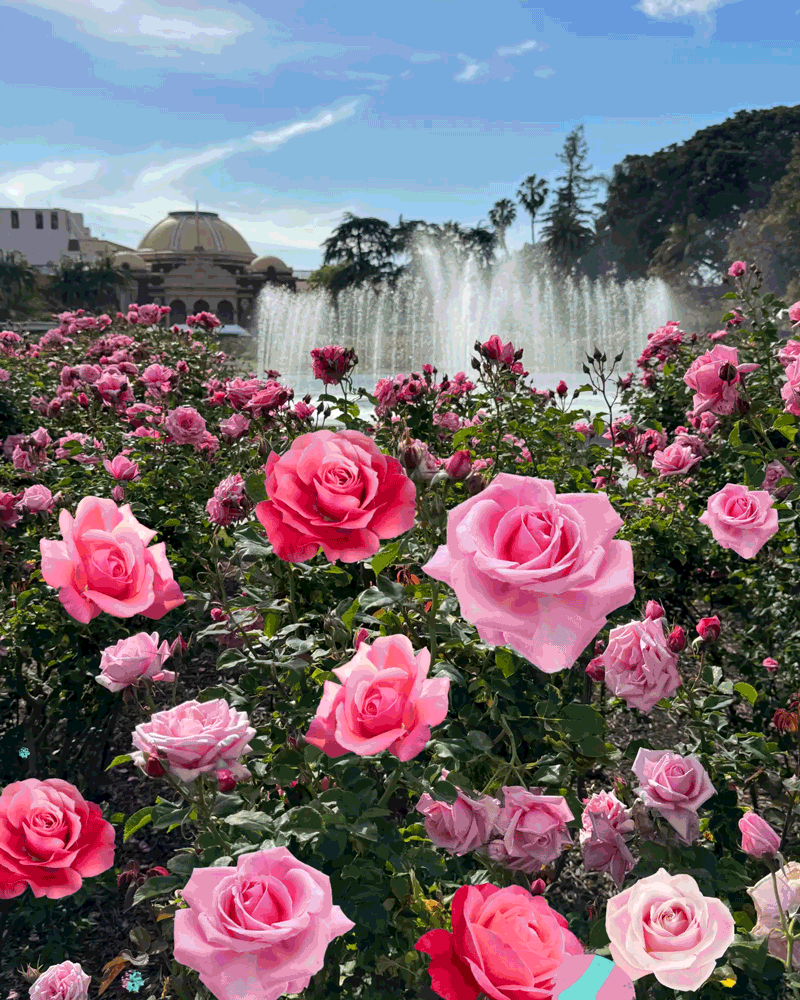AROUND HOME
- Share via
Flower Gardens of Victorian England By ANDREW CLAYTON-PAYNE (Rizzoli International Publications, Inc.; 1988)
GARDEN DESIGN HAD some of its finest moments during 18th- and 19th-Century England. At the time of Queen Victoria’s accession, the prevailing thought held that the landscape was to be a perfected imitation of nature; flowers were not considered an element in this grand scheme. It was the laborers who began to plant flowers--masses of them along with wild scrambles of climbing vines--in the tiny plots around their humble cottages. This practice was soon taken up by the middle class, and then, in the late aaron, use flower art 19th Century, by the owners of country houses who formalized their gardens: Hedged “garden rooms” were lined with spectacular mixed borders, meticulously planned and executed compositions of color and texture. “Flower Gardens of Victorian England” chronicles these changes in watercolors of 120 different gardens, by artists (including Helen Allingham, Caroline Sharpe, Lilian Stannard, Arthur Claude Strachan and Beatrice Parsons) who depict the advent of flower gardens and their rise in popularity. Snippets of the colorful, almost polemic garden writing of the time (by George Bourne, Gertrude Jekyll and William Robinson among others) are included. Wrote Charles Thonger in 1909: “The average cottage garden is a garden, not a piece of ground littered with a medley of rubbish.” It is fascinating to see from this book how art and garden commentary served not only as a record of garden design but as a guiding influence. ($27.50)
More to Read
Sign up for The Wild
We’ll help you find the best places to hike, bike and run, as well as the perfect silent spots for meditation and yoga.
You may occasionally receive promotional content from the Los Angeles Times.






